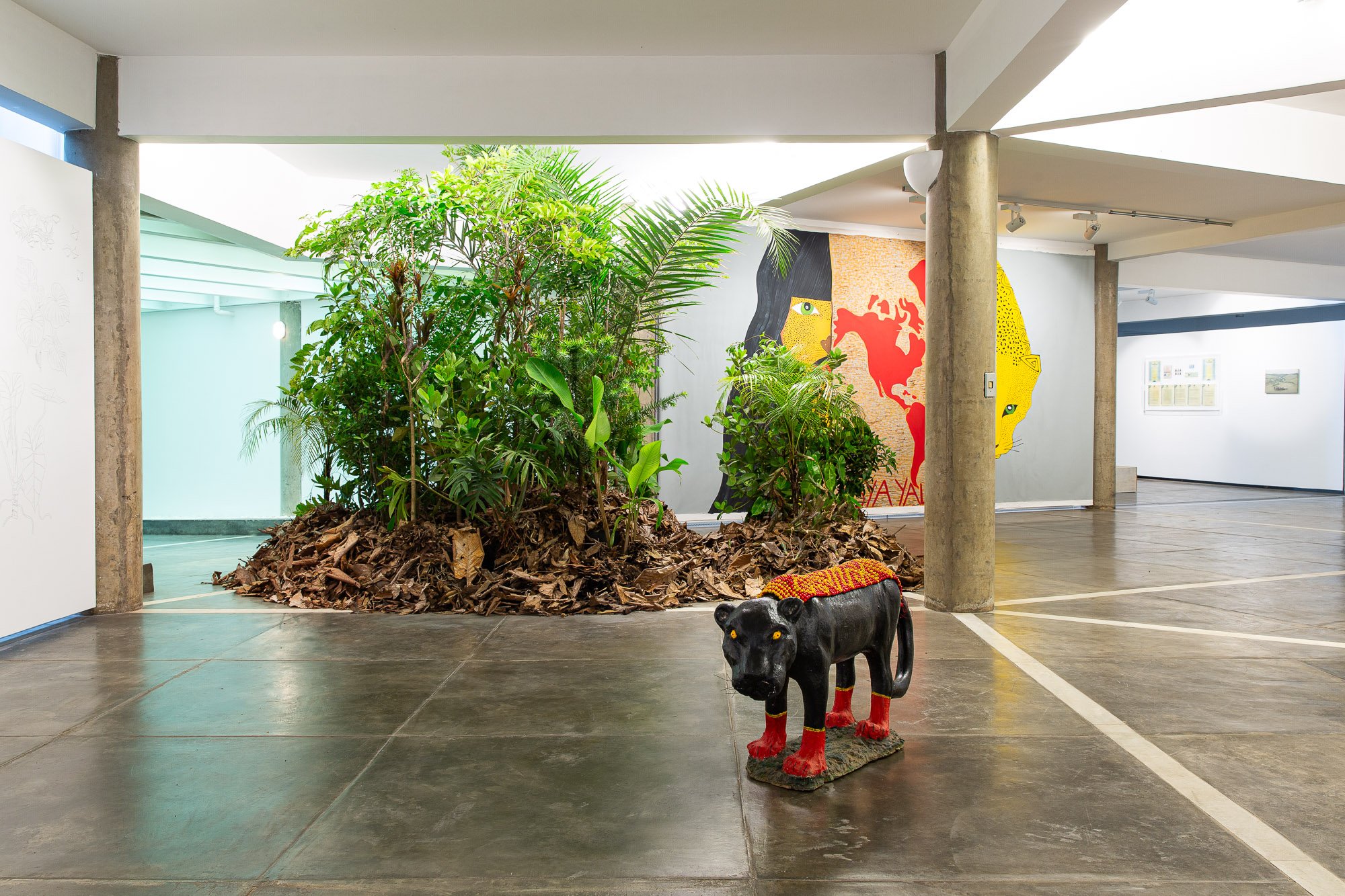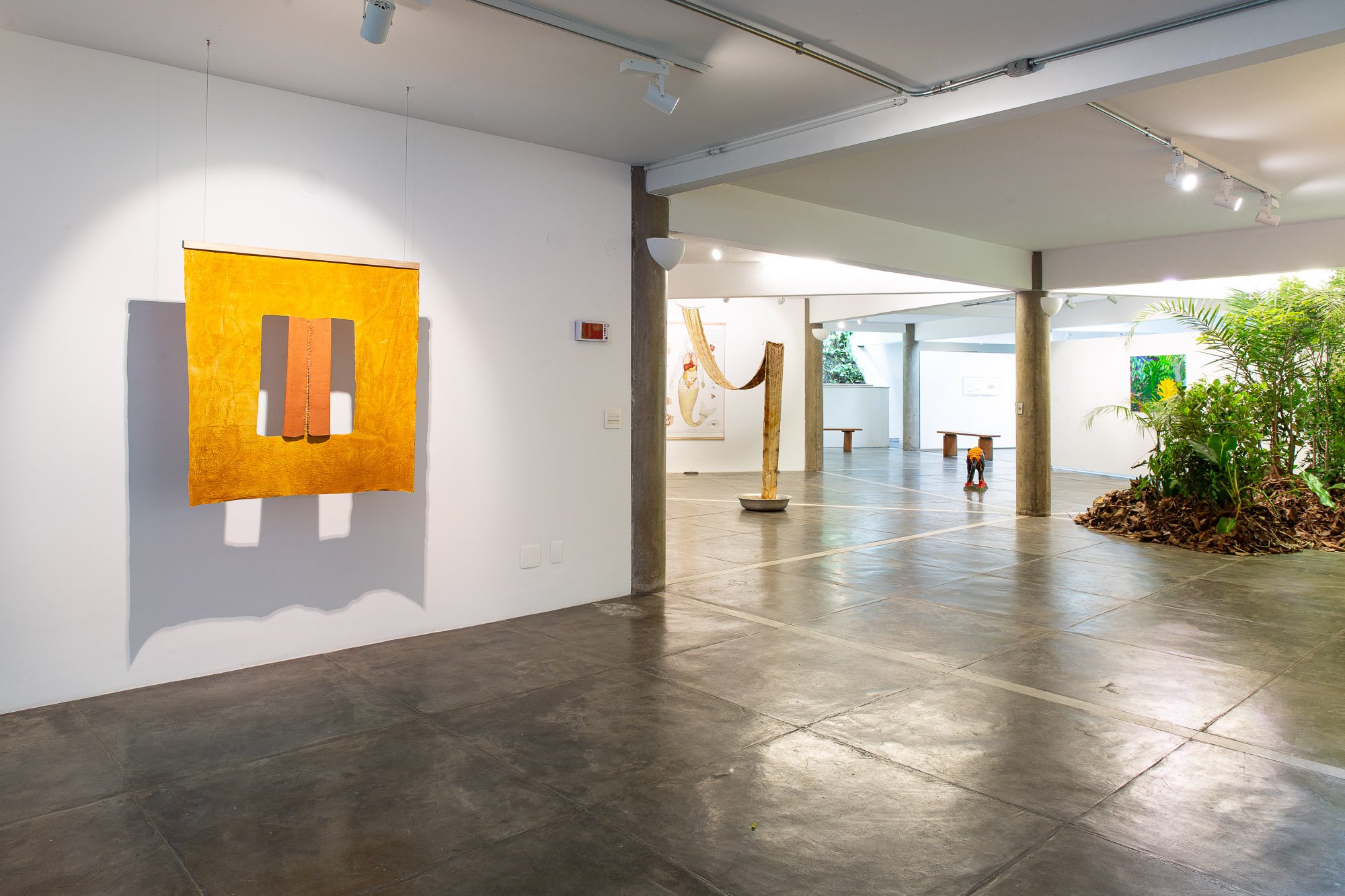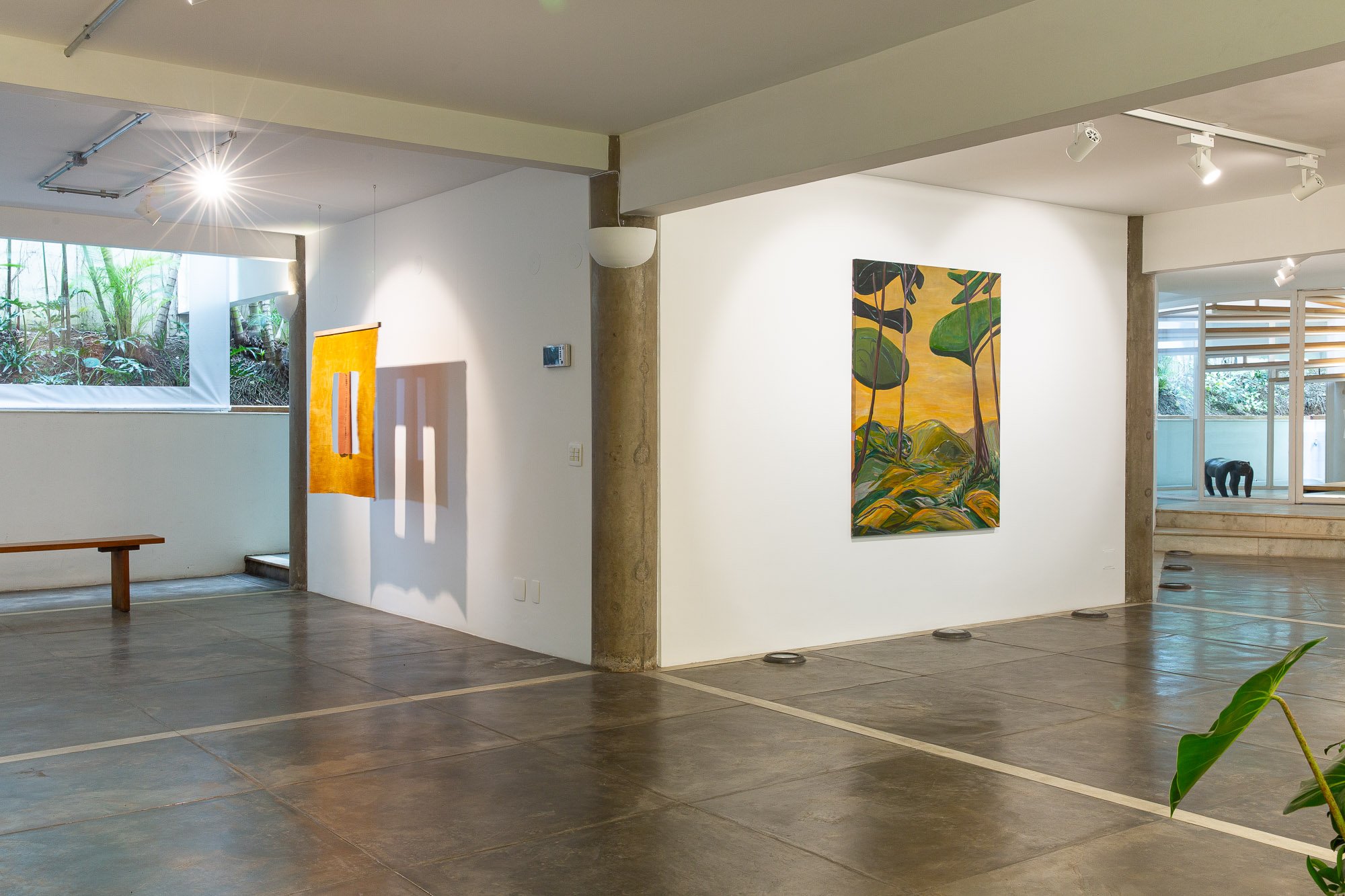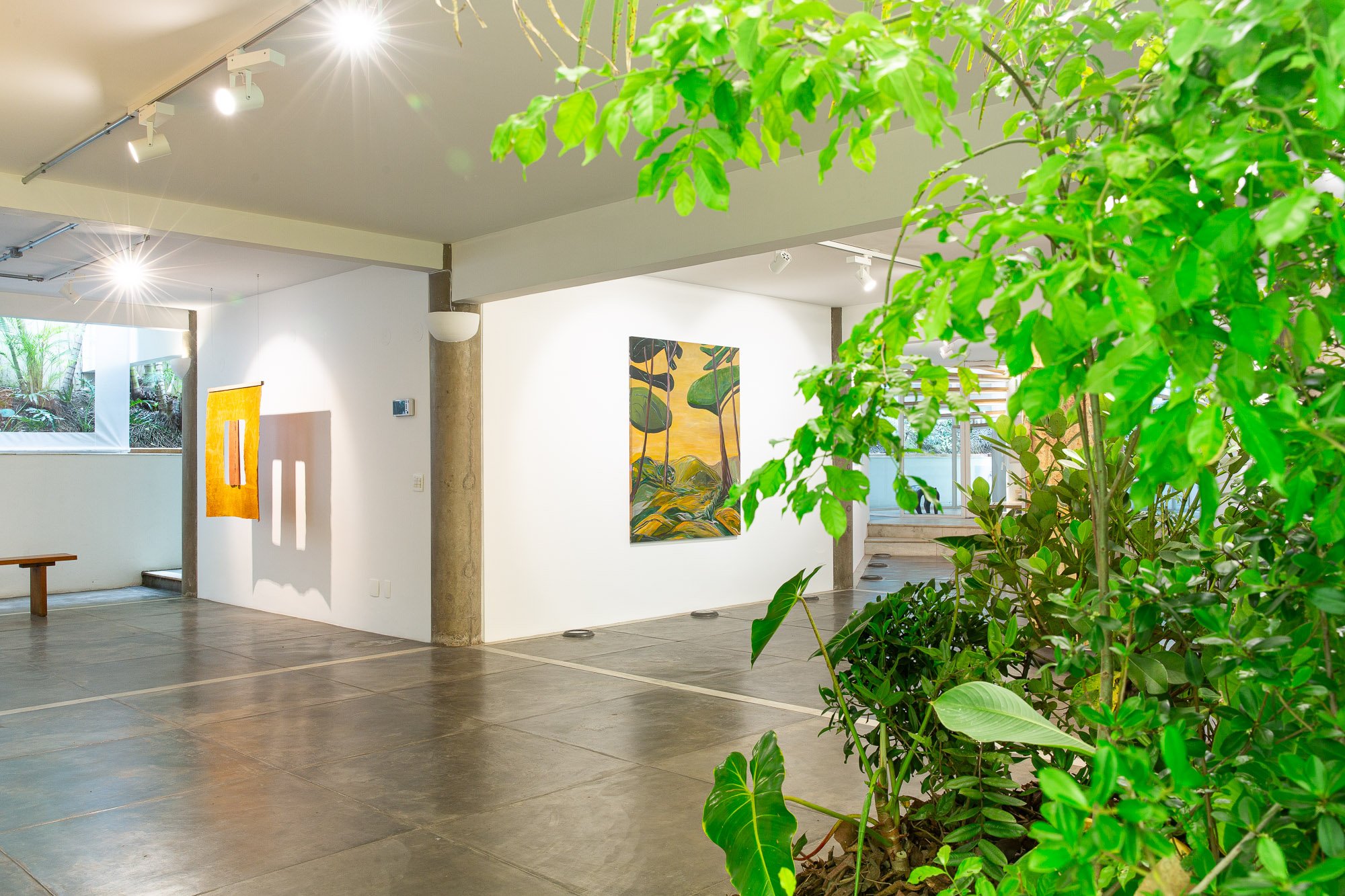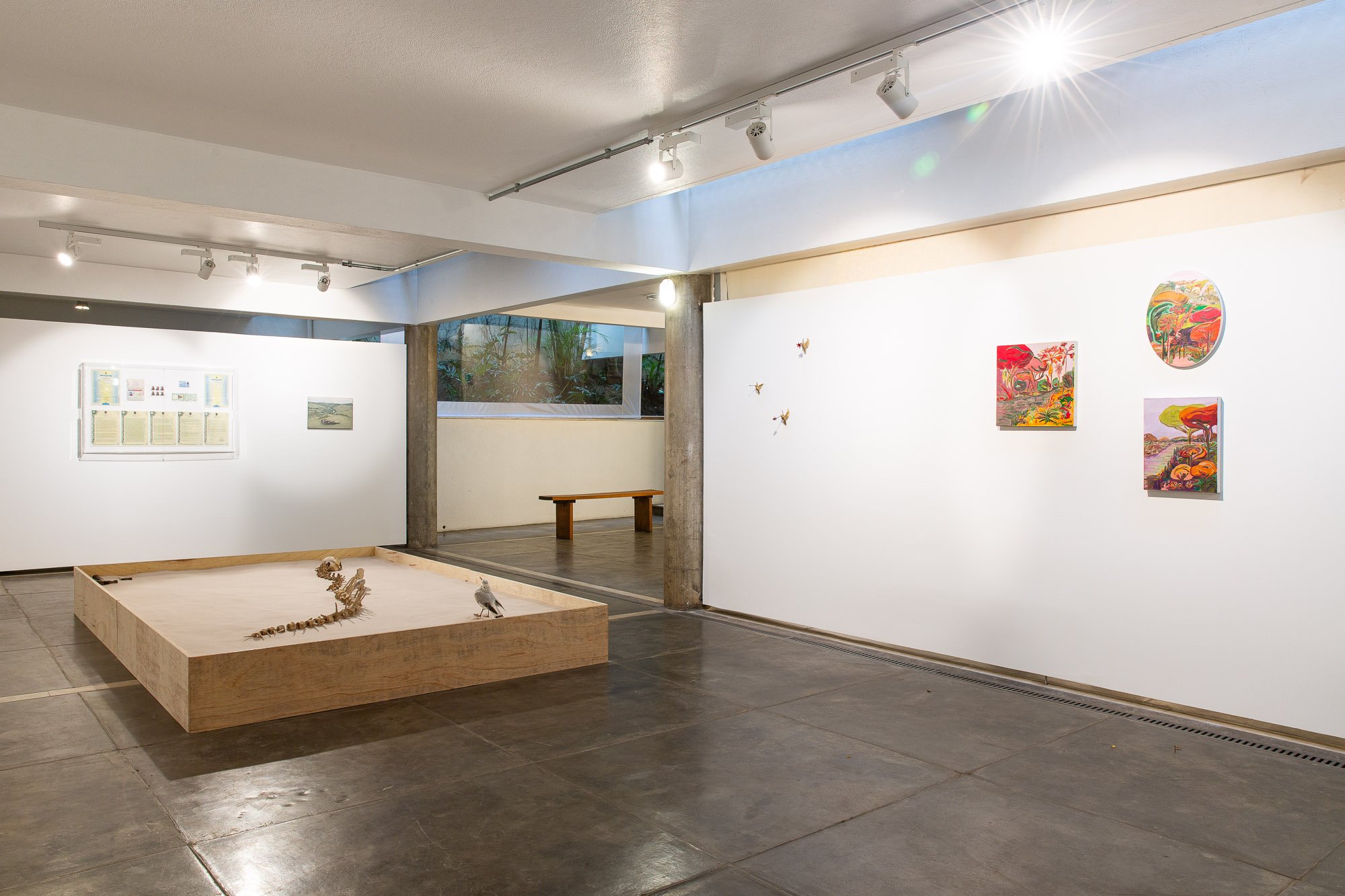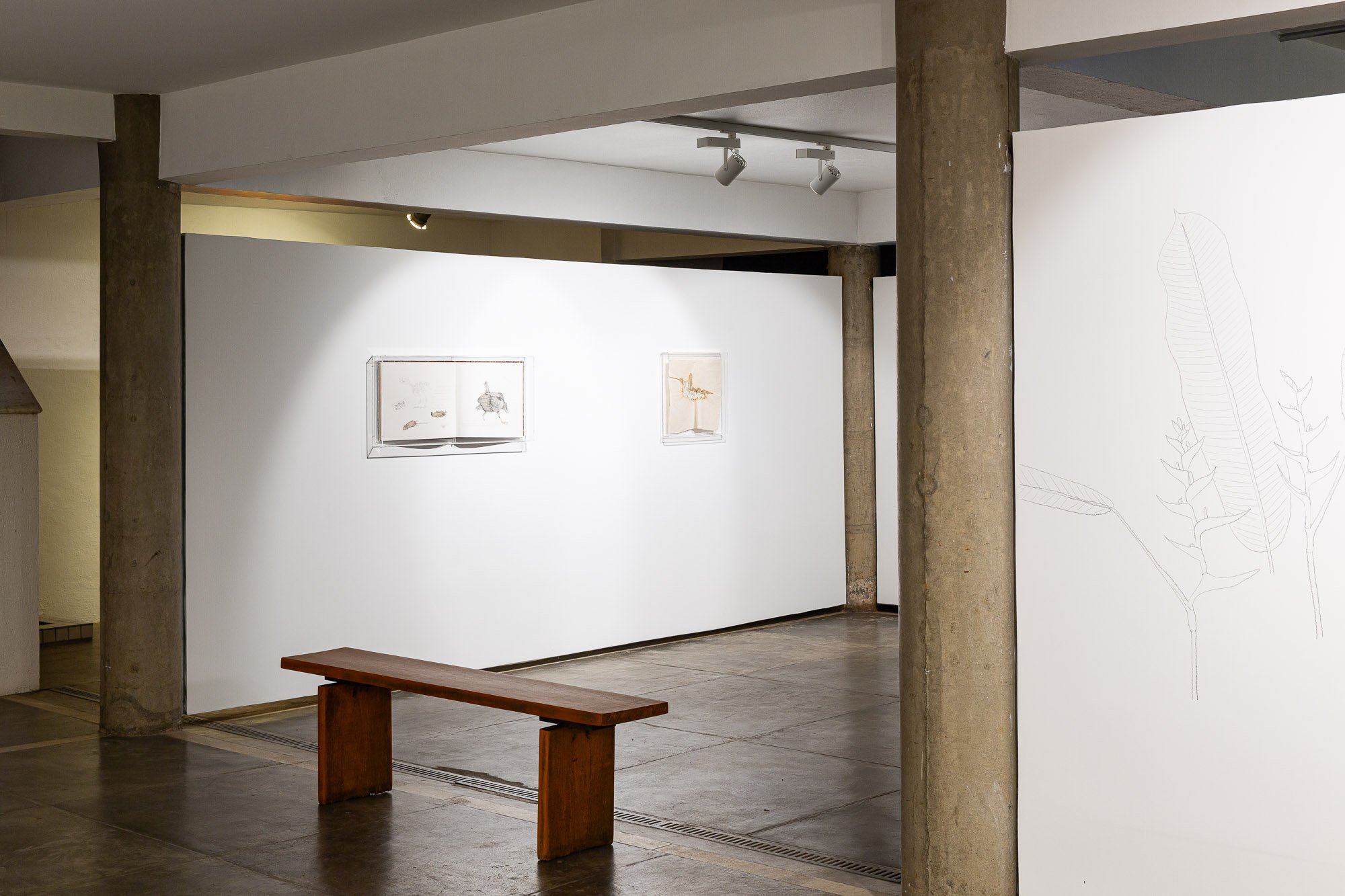
#8 Being Ecological
Curatorship de Ana Carolina Ralston
Photograph: Samuel Esteves
"There, you've finally made sure that you'll never be ecological," says Timothy Morton, among the last words of the publication that gives this exhibition its name. However, it is precisely there that we realize the path that the English philosopher and literary critic suggests. We are symbiotic beings intertwined with other symbiotic beings. Our bacterial microbiota is vibrating, we are breathing the air around us and silent evolution is unfolding on the various planes that surround us. We have not been separated for a second from other biological beings, both inside and outside our bodies. Sensibly, we are in tune with everything that is happening in our world. The fact is that we will never be ecological; that's because we simply are ecological. The certainty of our belonging to this web of interconnections with no center or contours removes us from the active role of becoming something in the near or distant future to the inevitable present to which we belong. The ways of inhabiting this current space and becoming aware of what we really mean is amplified by the artistic productions of Esther Bonder, Hildebranda, Ricardo Cardim, Tamikuã Txihi and Walmor Corrêa at Carmo Johnson Projects.



